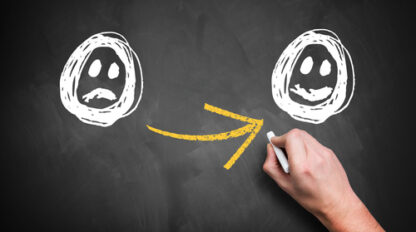College Drinking – When Does Having "Fun" Become a Problem?
Are they just having fun, or do they have a problem? When does drinking become a problem? How does one draw the line between drinking for fun and having a problem with alcohol abuse?
College students are notorious for the amount they drink; between large house parties, the lively bar scene, and newly found freedom it’s hard to believe that academics remain a priority. According to the National Institute on Alcohol Abuse and Alcoholism, four out of five college students drink, and half of those are binge drinkers. According to the NIAAA, binge drinking is “a pattern of drinking that brings blood alcohol concentration (BAC) levels to .08 g/dL,” a level which is typically reached after four drinks for women and five drinks for men within two hours. Drinking in a manner that consistently brings a BAC level to or above this “legal limit” should be taken as a warning sign for developing an Alcohol Use Disorder.
Alcohol Use Disorder becomes a risk when drinking occurs at a rate of more than seven and fourteen drinks per week for women and men, respectively. To anyone familiar with college drinking culture, these numbers may sound extremely low. However, once heavy drinking patterns have been established there is a much higher risk of carrying those patterns throughout different stages of life.
How can one tell whether or not drinking is becoming a problem for a college student in their life?
According to Alcoholics Anonymous, there are a few questions to consider in order to determine whether or not “fun” drinking is developing into “problem” drinking:
- Is drinking used as an escape from emotional stress?
- Does your loved one prefer to drink alone?
- Are grades slipping as a result of drinking habits?
- Does your loved one ever try to stop or reduce their drinking, and fail?
- Does your loved one drink in the morning?
- Does your loved one ever lie about their drinking?
- Does your loved one get drunk when they drink, even if they don’t plan to?
- Does your loved one drink because they think it is “cool?”
Answering “no” to most of these questions does not necessarily mean that there is little to no risk for developing a drinking problem. “When Does Moderate Drinking Become a Problem?,” an article published in 2010 by NPR, anyone who feels “stimulated by alcohol is more likely to keep drinking if given the chance.” This statement encapsulates the idea that harmful binge drinking is hard to qualify; there is no check-list to determine whether or not drinking habits are becoming dangerous. If a problem is suspected, then the issue should be addressed.


